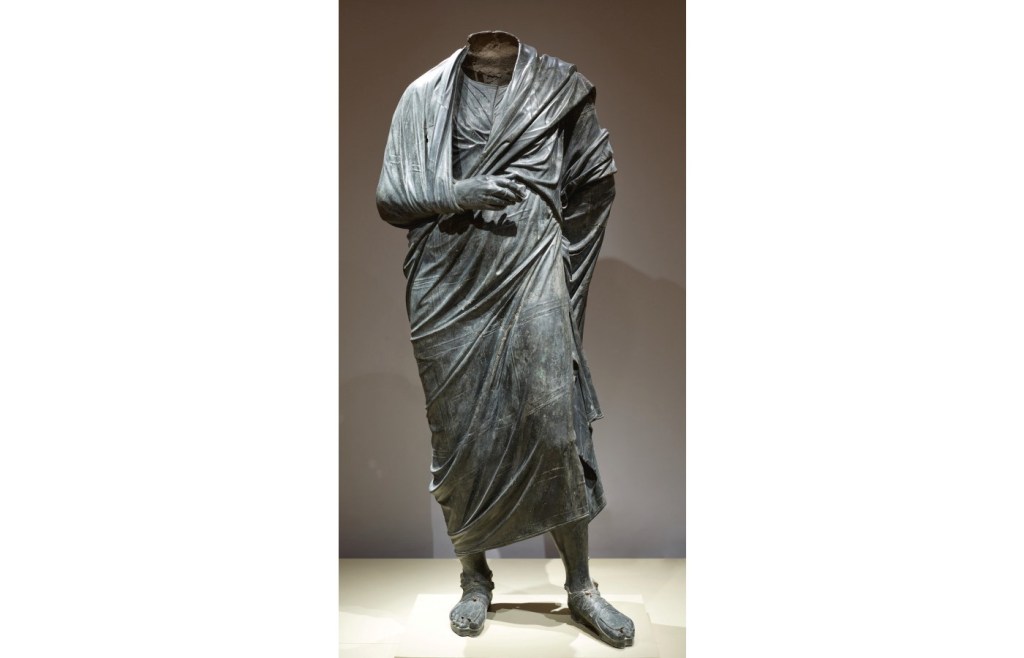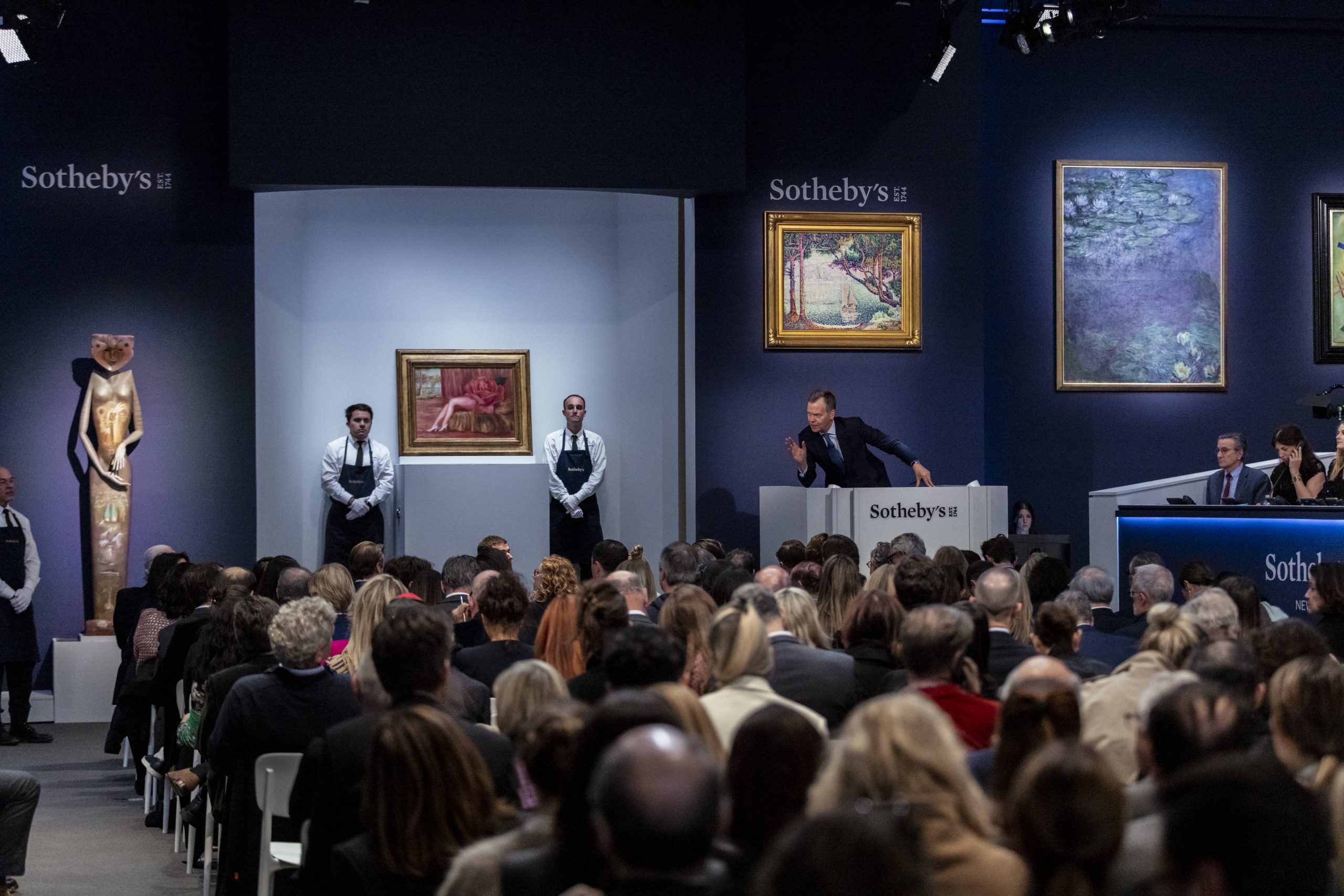A judge recently signed a warrant ordering the seizure of a headless bronze statue from Ohio’s Cleveland Museum of Art as part of an investigation into antiquities trafficked from Turkey.
The 76-inch-tall statue portrays a man in flowing robes and is estimated to be worth $20 million. The warrant was signed by New York County Supreme Court Judge Ruth Pickholz on August 14 as part of a larger, ongoing investigation into looted items brought to New York by the Manhattan District Attorney’s office, according to the Associated Press.
The Cleveland Museum of Art acquired the statue, thought to have been produced between 150 BCE and 200 CE, in 1986.
The statue was believed to represent the great Roman emperor Marcus Aurelius and “held pride of place in the Greek and Roman galleries” at the museum, according to the New York Times.
The Plain Dealer of Cleveland first reported that the statue was removed from public view at the museum more than two months ago and that the institution’s website changed the description of the work from “The Emperor as Philosopher, probably Marcus Aurelius (reigned AD 161-180),” to “Draped Male Figure“
The Plain Dealer also reported that Turkey first made claims about the statue in 2012 after releasing a list of 22 items in the Cleveland museum’s collection that it said had been looted from the country.
Todd Mesek, a spokesperson for the museum, told ARTnews in a statement that the museum took “provenance issues very seriously and reviews claims to objects in the collection carefully and responsibly.”
“As a matter of policy, we do not discuss publicly whether a claim has been made,” he wrote. “The CMA believes that public discussion before a resolution is reached detracts from the free and open dialogue between the relevant parties that leads to the best result for all concerned.”
In regard to the description of the statue, Mesek wrote, “Please note that no changes have been made to the citations and exhibition history for the object. Those previously listed still remain for reference.”









